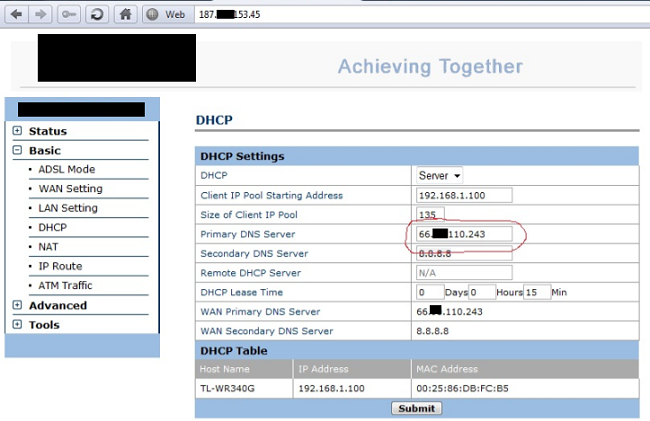
New Skype Vulnerability Allows Hijacking of Accounts
Last night, reports have appeared on several Russian forums regarding a Skype account hijacking exploit. The information has been made available on several Russian blogs and is now actively exploited in the wild. The exploit, which has been available for two months already, takes advantage of the Skype password reset feature. This allows you to














